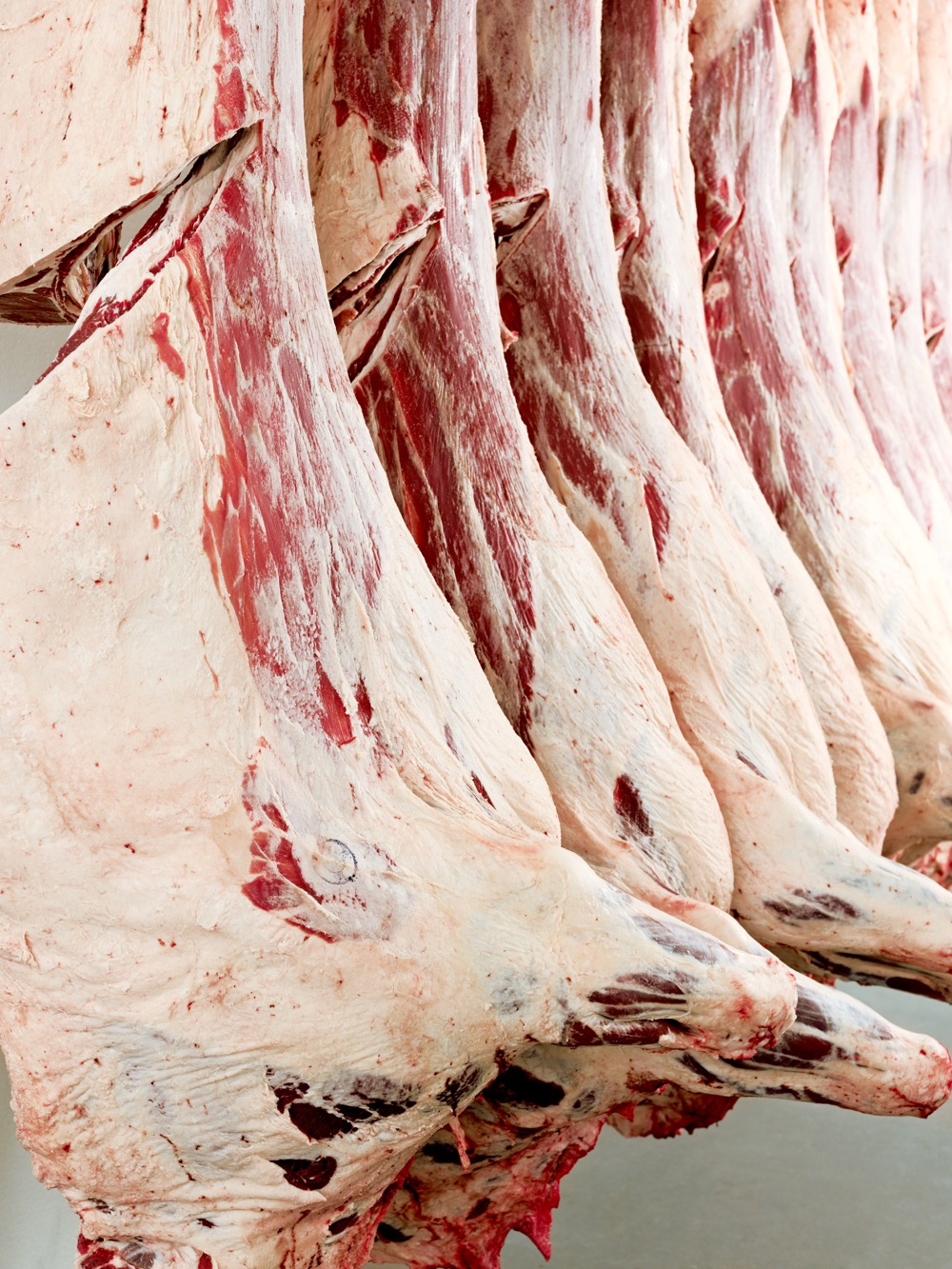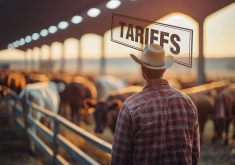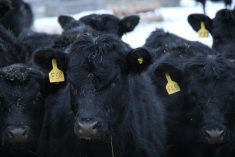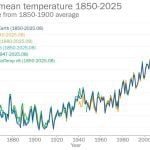How would a pricing system that compensates producers fairly for both quality and yield work?
Here’s Charlie Gracey’s formula, which is based on a carcass yield of 73 per cent and, in this example, a price of $2 per pound on the rail.
“Discounts for carcass weights that were over or under the desired range would also have been agreed upon. All of these combine to establish a base price exactly as occurs presently. Ignoring the carcass weight discounts, the price for a Prime, AAA, AA and A carcass would be $2.08, $2.05, $2 and $1.95 respectively.”
Read Also
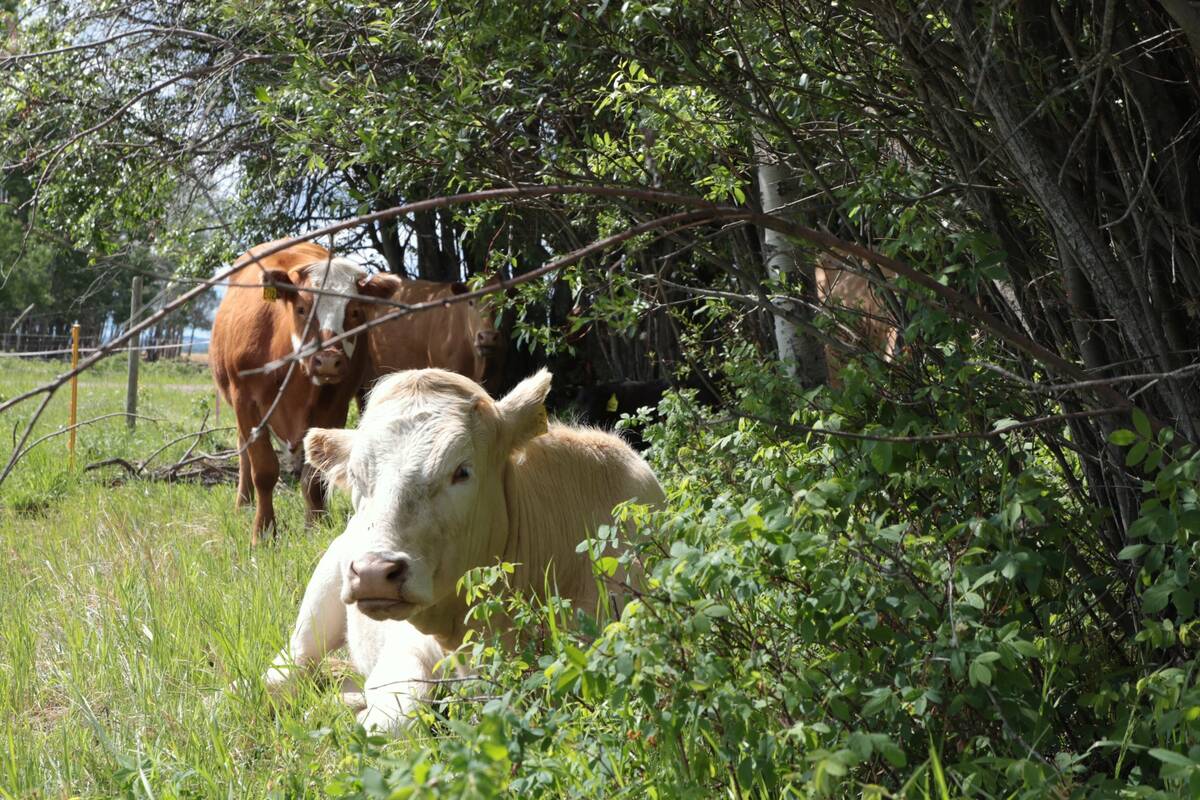
Hot tips for cow-calf beef farmers
From cattle vaccination and stomach ulcers to headline-making diseases like bovine tuberculosis: Thoughts from a long-time western Canadian veterinarian
But those numbers would change when adjusted for yield (the actual percentage yield of an individual carcass divided by 73). For example, the price for:
- a Prime carcass with a yield of 70 per cent would be (70/73) x $2.08 = $1.99;
- a AAA carcass with a yield of 72 per cent would be (72/73) x $2.05 = $2.02;
- a AA carcass with a yield of 74 per would be (74/73) x $2 = $2.03;
- an A carcass with a yield of 76 per cent would be (76/73) x $1.95 = $2.03.
But a high-quality carcass with a higher-than-average yield would be worth more. For example:
- a AAA carcass with a yield of 75 per cent would be (75/73) x $2.05 = $2.11.
“Some may balk at this situation where, seemingly, low yield in a AAA carcass seems to cancel out the AAA premium,” said Gracey. “But this is not the case. The packer is still paying $2.05 per pound for a AAA carcass, but in the first bullet above he is getting fewer pounds of salable beef because of below-average yield. But in the last bullet where high quality and high yield are combined the packer benefits from getting more pounds of salable beef together with the quality he seeks.”


